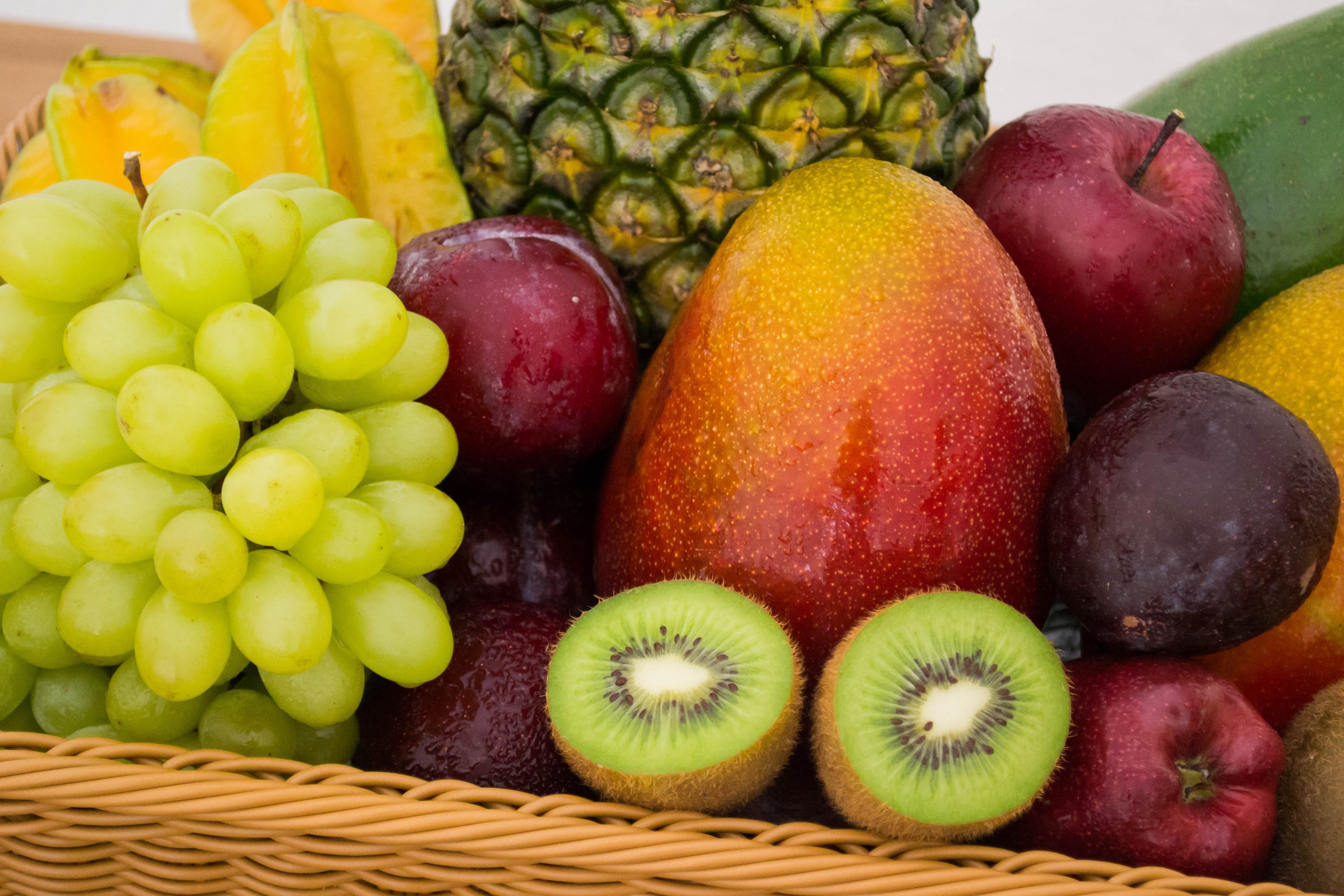
Agriculture Research Projects
Several research projects were done by Prof. Peter Mols at the Agriculture University of Wageningen in Holland from 1999 until his premature death in 2002.
The Apple Research Projects
Control vs. BG Apples
In 1999 the first project was done on the apple orchards where BioGeometry was used to produce chemical free apples. The experiments showed a noticeable decrease of parasite infection, due to the raised immunity of the plant, which drove the parasites to their proper place in nature, in an ecological balance without any extermination of any form of bacteria that could be beneficent to the plant. The resulting apples were livelier in colour, smell, and taste. The apples had a longer shelf life eliminating the need of any form of irradiation. The yield per acre increased above average. All these benefits were achieved at a lower cost for the farmer.
The Sweet Potato Research Project
Following the success of the apple project, a new project was initiated to take the possibilities of BioGeometry even further. The goal was to produce Potato seeds for export to other countries, with the BioGeometrical energy quality ‘Charged’ into them at the source. The potato seeds should create their own energy environment wherever they are planted. The results were very impressive. The production of the plots where BioGeometry was in the range of 120%-160%, one plot even produced 190% compared to the control plots set as 100%. Another benefit here was the seed’s ability to create its own protective energy environment. The immunity increased as was evident in the sugar content which rose from the normal average of 4.8 to the range 5.2 – 5.8 for the different plots.
Using Salt water for Irrigation of Fresh Water Plants: The Sweet Potato Experiment
In previous BioGeometry experiments, plants showed enhanced growth, quality, and increased shelf life. This experiment done in May 1998 by the late Eng. Adel Ammar to test the possibility of using BioGeometry to enhance fresh water plants to grow in salt water. The two month experiment showed astonishing results.
A very interesting one-off lab experiment was done by the late Engineer Adel Ammar, who used water from the Red Sea area of Sokhna in Egypt, which has a very high salinity, to plant sweet potatoes. A control potato was given fresh water, and another control one was given the salt water. For the third potato, special BioGeometrical shapes were used for the water container, the water channel, and the plant pot. The experiment lasted for two months. The control potato that was given salt water shriveled by the end of the day, while the BioGeometrically treated one fared very well and budded normally. It fared slightly better with time as the one given fresh water started to show signs of decay. Other experiments with similar results were tried with other herbs planted in the garden in a special BioGeometrically shaped boundary and water containers

Freshwater

Saltwater

BG Enhanced Saltwater
The picture on the bottom shows the sweet potato budding on saltwater using BioGeometry. The middle control one given the same salt water has shrivelled from first day. The top one is the fresh water control one. The picture is about one month later.
This does not mean that we can start bringing in rivers from the sea, but it is a first step in the right direction, especially with the expected fresh water shortage facing humanity.
This experiment could provide an effective solution to the irrigation with water wells that tend to increase in salinity with time, which is very little in comparison to the salt water from the Red Sea.

